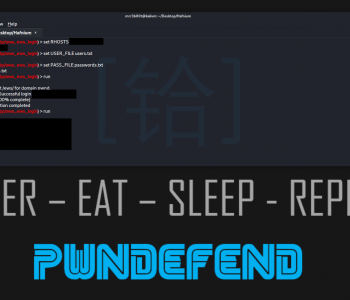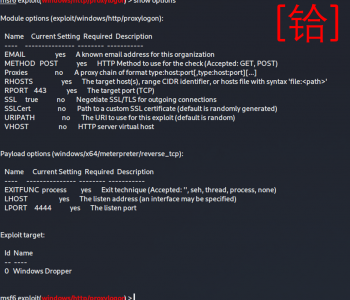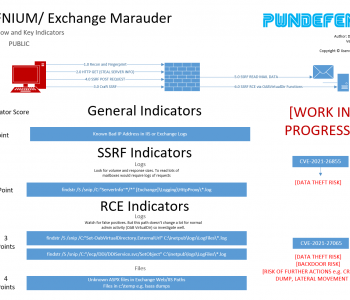
Modern Workspace: PowerShell OAuth Error
Create PowerShell Session is failed using OAuth
When connecting to Exchange online (there was a reason I needed to do this) I had the following error:

I did some googling that luckily someone has already posted how to fix this:
It turns out WINRM’s ability to use BASIC client authentication is disabled as part of the standard Windows 10 hardening baseline deployed via Intune.
To fix these we need to re-enable BASIC client side WINRM authentication. Read more “Modern Workspace: PowerShell OAuth Error”








